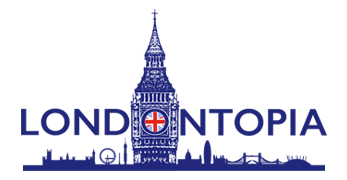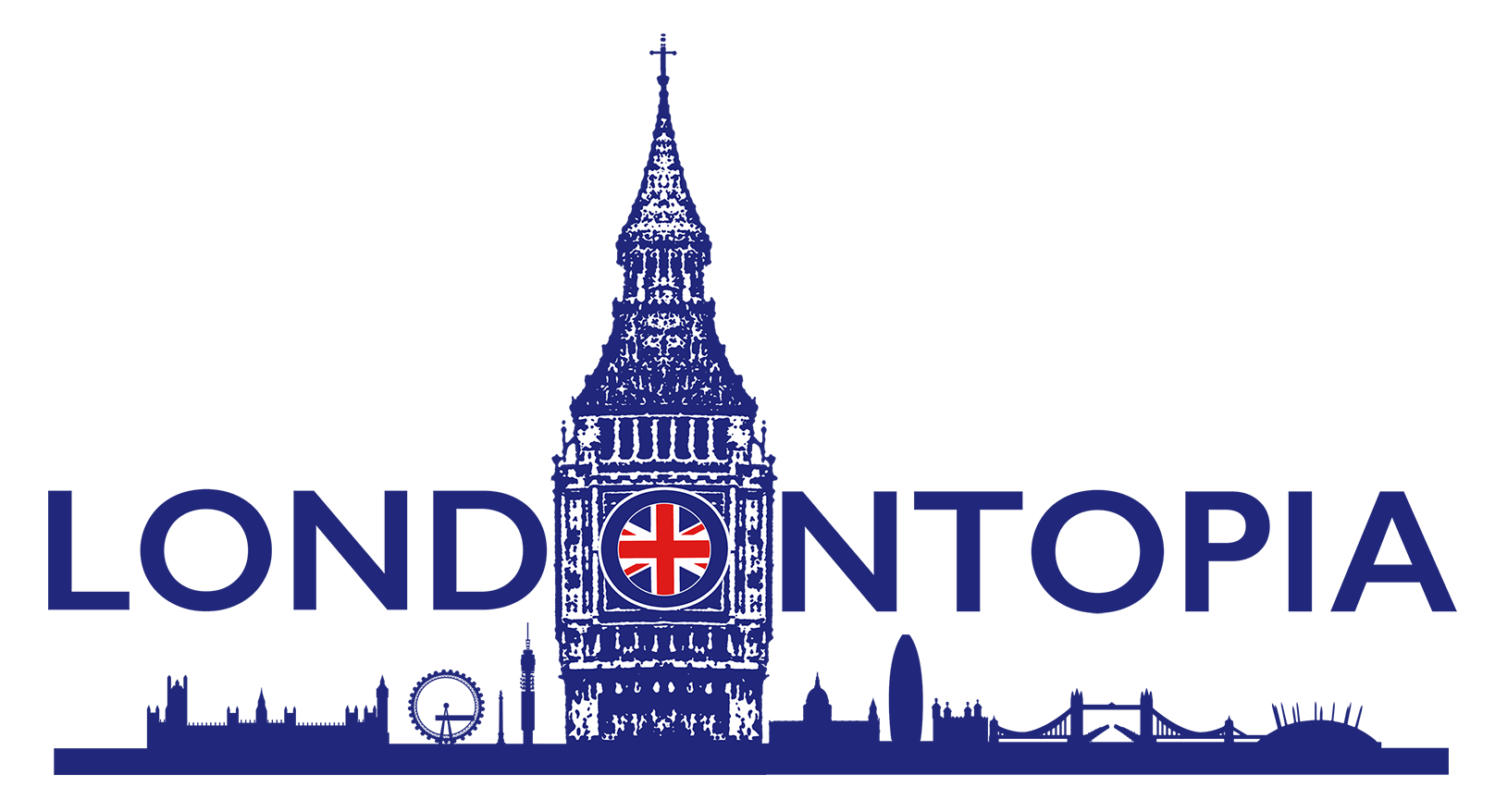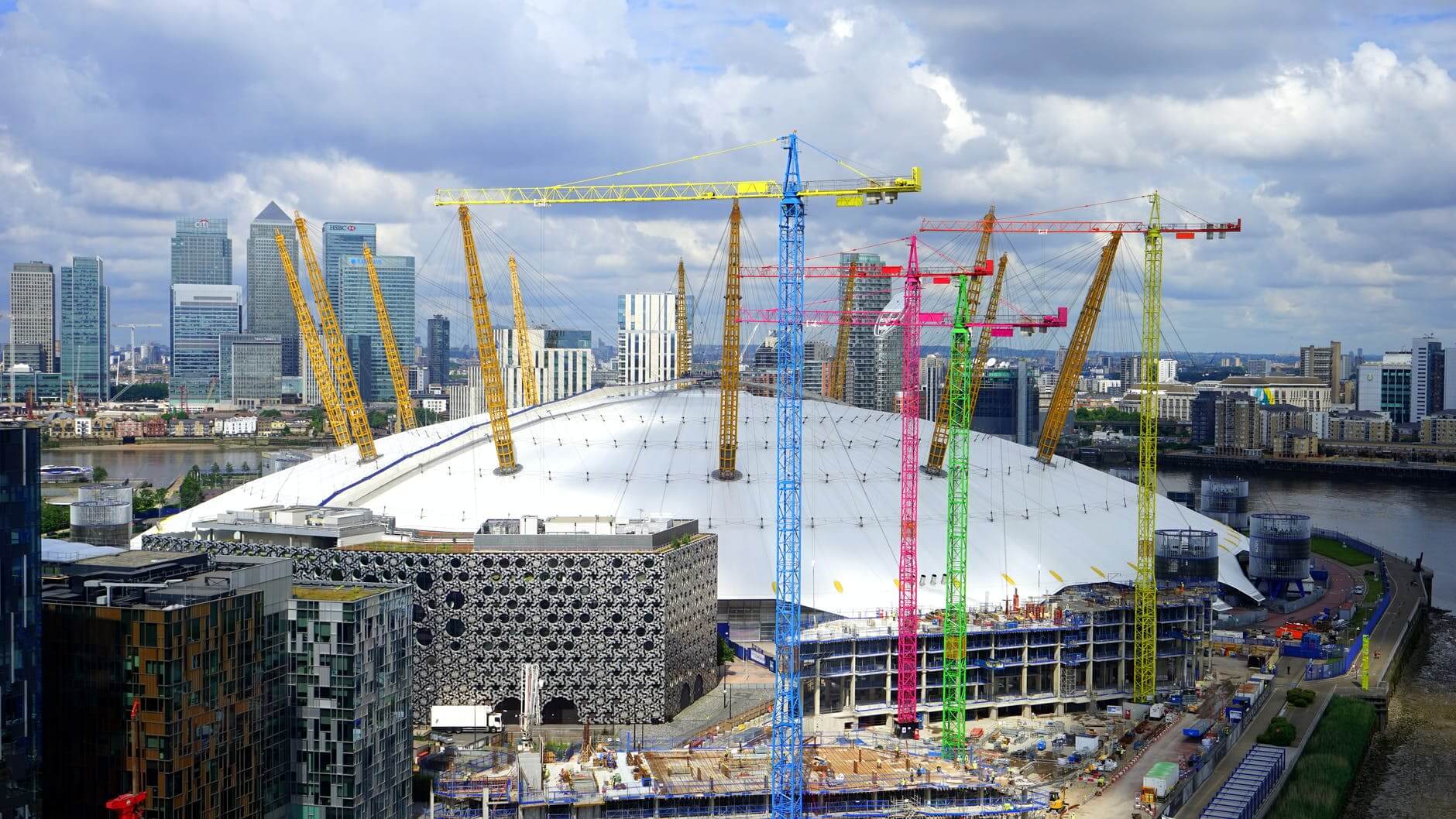For many of us, the London of the 1990s was the one we grew up with. It was a place that was seeing a transition from past violence to future possibility. It seems as if the period between 1991 and 2000 was filled with bombings and new buildings, with the former giving way to the latter in the wake of the Good Friday Agreement. With New Labour came a facelift for Britain’s most important city as well as a new municipal government to replace the Greater London Council. We have outlined ten of the most important events that occurred during the decade, one for each year, in the year that it occurred. If you think we left out something important, you can let us know in the comments.
1991 – One Canada Square Opens
Perhaps the crown jewel of Canary Wharf, One Canada Square was an example of urban renewal for London’s Docklands after their steady decline since the 1960s. Today it remains one of the most recognizable buildings in Canary Wharf and has appeared in numerous films and television series.
1992 – First Open House London
Open House London was started in 1992 to celebrate the architecture and urban design of the city by opening up many buildings to the public. The first Open House festival was only 20 buildings, but that jumped to 220 by 1994 and now features over 800 buildings across 30 boroughs. Many of the buildings that participate offer guided tours to help guests understand more about how the building was designed and its history.
1993 – Bishopsgate Bombing
In the early 90s, stalled talks between Irish nationalists in Northern Ireland and John Major’s government increased the likelihood of another IRA attack, with one particularly devastating bombing occurring on April 24, 1993. By detonating a truck bomb in Bishopsgate, one of London’s financial centers, the IRA hoped to cause a massive disruption to the UK economy. It was the largest bombing of a financial center in London’s history and caused many businesses to change their information retention practices.
1994 – SIS Building Opens in Vauxhall
You most likely will recognize the SIS Building from its appearance in James Bond films beginning with Goldeneye and ending with SPECTRE. Not just the headquarters for MI6 in films, it serves as the agency’s base of operations in real life as well. Everything about its construction was designed for security, such as the triple-glazed windows, and while an attack on it in SPECTRE ceased its use in films, it continues to serve the SIS today.
1995 – BAPS Shri Swaminarayan Mandir Hindu Temple Opens
BAPS Shri Swaminarayan Mandir is not only Britain’s, but Europe’s, first traditional Hindu stone temple. It was completed in 1995 after 2.5 years of construction and is the biggest Hindu temple outside of India. In the years since it opened, the temple has become not only a cultural center but a significant city monument.
1996 – Docklands Bombing
As the Docklands had become a major financial center in the wake of the completion of One Canada Square and Canary Wharf’s revitalization, it also became a prime target for the IRA. Several buildings were damaged (necessitating demolition or reconstruction), and more than double the number of injuries of the Bishopsgate bombing were inflicted on Londoners. One positive outcome from the bombing was that Major’s government dropped its requirement that Sinn Féin disarm prior to peace negotiations (for which Major faced great criticism) but was instrumental in the talks that led to the Good Friday Agreement.
1997 – Shakespeare’s Globe Opens
Sam Wanamaker sought to recreate the famous Globe Theater in Southwark and succeeded when Shakespeare’s Globe opened only feet from its namesake’s original location in 1997. Materials and design were as faithful to the original as possible and for at least the first eighteen seasons, the Globe’s performances were done without technology such as stage lights and microphones. It is such a faithful recreation it has been featured in several films and shows in which the Globe was a location.
1998 – Greater London Authority Referendum
London municipal authority had been devolved into individual boroughs since Thatcher’s government disbanded the Greater London Council in 1986. As part of its campaign promises, the New Labour government under Prime Minister Tony Blair held a non-binding referendum in 1998 proposing a separately-elected mayor and legislative body for Greater London. The referendum passed overwhelmingly with 72% support (though voter turnout was only 34%) and set the stage for the creation of the GLA.
1999 – Millennium Dome Opens
Today known as the O2, the Millennium Dome opened with much fanfare on December 31, 1999. It was home to a major exhibition that ran through most of 2000 to celebrate the third millennium but ultimately proved to be a commercial failure and led to its redevelopment into the current O2 Arena (and it’s now a roaring success).
2000 – Greater London Authority Forms
Following the 1998 referendum, Parliament passed the Greater London Authority Act in 1999 which led to the first elections for the London Assembly and Mayor in 2000. Blair attempted to block the nomination of Ken Livingstone as Labour’s candidate, which resulted in Livingstone standing independently and winning. The GLA, with Livingstone as its first Mayor, came into power in July 2000 and continues to be the governing body for London today under Mayor Sadiq Khan.


